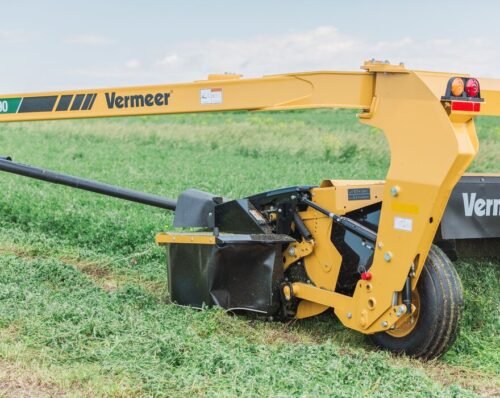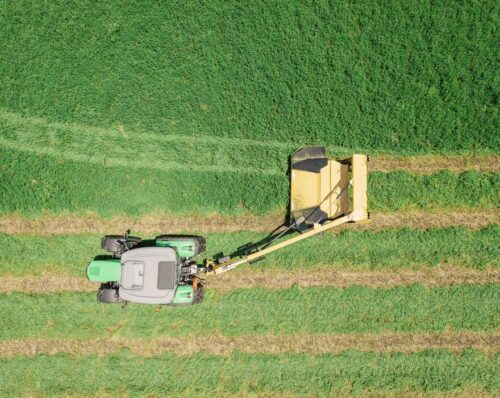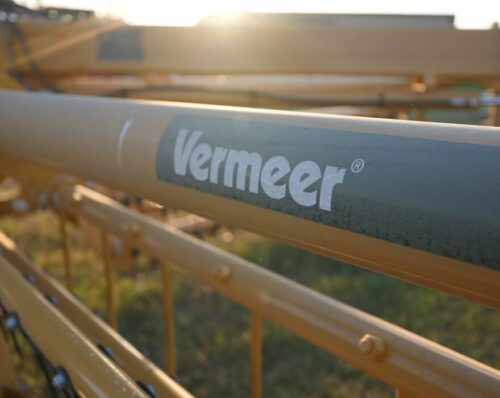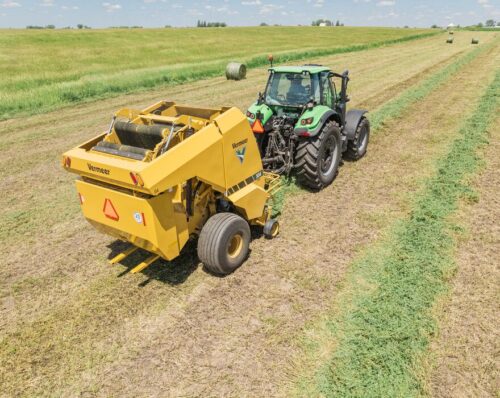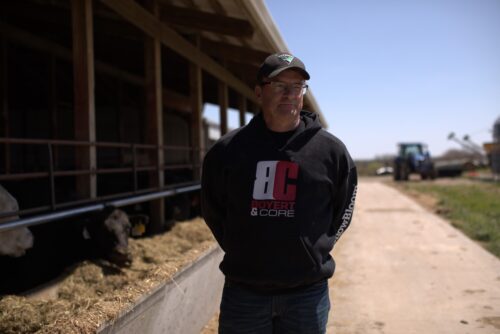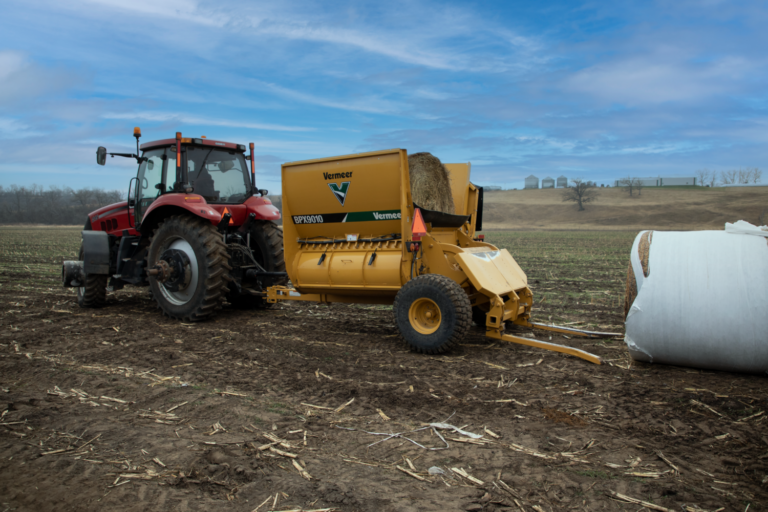
Unique hay management strategies during a drought
May 2023
Everyone hates the “D word” … drought. It can be unpredictable and can have a direct impact on your hay operation. When drought season comes, how you manage your operation matters, and it can be the difference of not only surviving the drought but thriving despite it. To help manage your operation during a drought here are some unique strategies you can use that includes using equipment, uncommon feedstuffs and having a partnership with your dealer.
Operational changes
It’s no secret that drought can alter how you operate daily and how you manage your crops. It constrains you more than anything, but it also gives you opportunities. In the long run, sometimes going through a difficult period like that, where you have to take a closer look at the practices on your operation, can set you up for long-term success and efficiency. So, take an in-depth look at your operation. Is there anything that drought season is revealing that you need to change? This may mean making hard decisions that you’ve been avoiding but benefits the operation overall.
Craig Eubanks of Eubanks Equipment in Welch, Oklahoma, has seen this himself. “What I’ve seen through this drought, is guys really buckled down and make tough management decisions,” he said. “What this drought has done has made some producers really become better managers to get through this.” One way this becomes reality is finding unique ways to get some bales wrapped before drought season arrives. For Aaron Hicks, a territory manager for Vermeer who also runs a small cow-calf operation, that means having a silage or spring crop.
“When it comes to that early spring crop, I think it gives us a jumpstart,” said Hicks. “It’s another good management practice that we’re trying to adopt to with rye grass or wheat and get a jumpstart on a few 100 bales in the barn before we get kicked off to the possibility of drought in the summer.” Spring crops, whether it be wheat, rye or something else, can give you quality product going into drought season, and fill in any gaps you may have.
Uncommon feedstuffs
An alternative way to navigate through drought season is to utilize some uncommon feedstuffs for your area. This can be beneficial for having some higher protein feed that you can then mix in or offset some of the things that you’re going to use for forage.
Eubanks has seen benefits from feedstuffs in his operation. “The digestibility is so much better,” he said. “And if we’re trying to utilize corn stalks as a filler, so to speak, that gives us more nutritional value in that end product.” Droughts will impact row crops just as much as they’re going to impact what is used for forage, but row crops can be leveraged as another source of nutrition for your cattle. “We’ve seen a lot of corn being baled, that hasn’t gone to full maturity,” said Hicks. “Everybody’s looking for another bale, so that that sure helps out.” Eubanks has also seen soybean acres in Oklahoma. “I’ve been hearing anywhere from 14% – 16% protein on that product,” he explained. “It’ll be very interesting to see how we get to the winter with that, but I really think it’ll be a usable tool to help us get through the winter.” Whether it’s corn, soybean, or something else, uncommon feedstuffs can be a viable option if you want a backup plan.
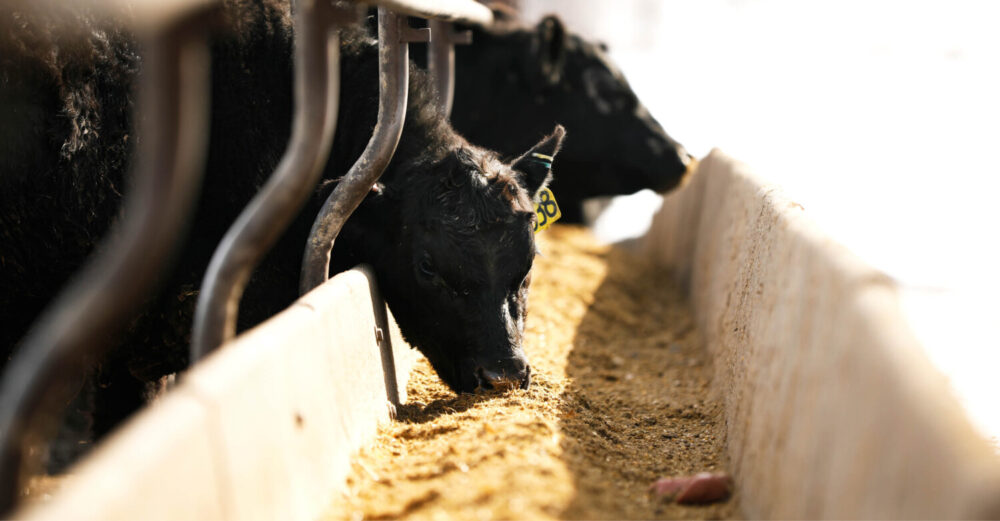
Equipment use
To best utilize your available forage, the equipment you use can make a big difference, especially when it comes to bale processors. Vermeer bale processors can process everything from hay bales to cornstalk bales, or round bales to square bales. “Being able to stretch that bale of hay and even if the hay is lesser quality, when you grind that up and feed it in a row, I think you’re going to get more cows fed that way, less waste and increased digestibility because of the cut length,” said Hicks. Especially in a drought, making sure you’re stretching that bale of hay by processing it well can give you and your cattle more. “On my personal farm, I use the Vermeer BPX9010 bale processor, and I have found that to be a very good tool through the years, even in years where hay is aplenty,” said Eubanks. “I’ve been able to see the cattle consume that and I feel like I have less waste. So, I’m a big believer in that machine and it’s something I don’t want to let go of. It’s definitely been a game changer for me.”

Feeding solution products such as vertical mixers, can also be beneficial to get the most out of your hay. Thinking outside the box when it comes to your equipment can bring additional efficiency to your operation.
“We see a lot of unconventional methods during a drought,” said Hicks. “We had a bring your own bale demo, where customers, operators and producers brought a bale and we did some custom mixes, and one operator even had a soybean byproduct. It was a feed that he could get delivered, and it worked out for his operation.”
Mixers also give you the flexibility to dial in your rations. Being able to get that exact weight from a scale and tailor your ration that way, rather than more of a guessing game of how much you’re getting, can help you maximize your feedstuffs, and vertical mixers can be a great tool for that. Overall, both a bale processor or mixer can help maximize your feedstuffs.
Dealer partners
When drought season arrives, and you’re looking for solutions to get the most out of your forage, your Vermeer dealer can be there to help provide answers and guidance. Every operation is unique, but your dealer can be a partner with you to get through the rough times and support you in the good times.

